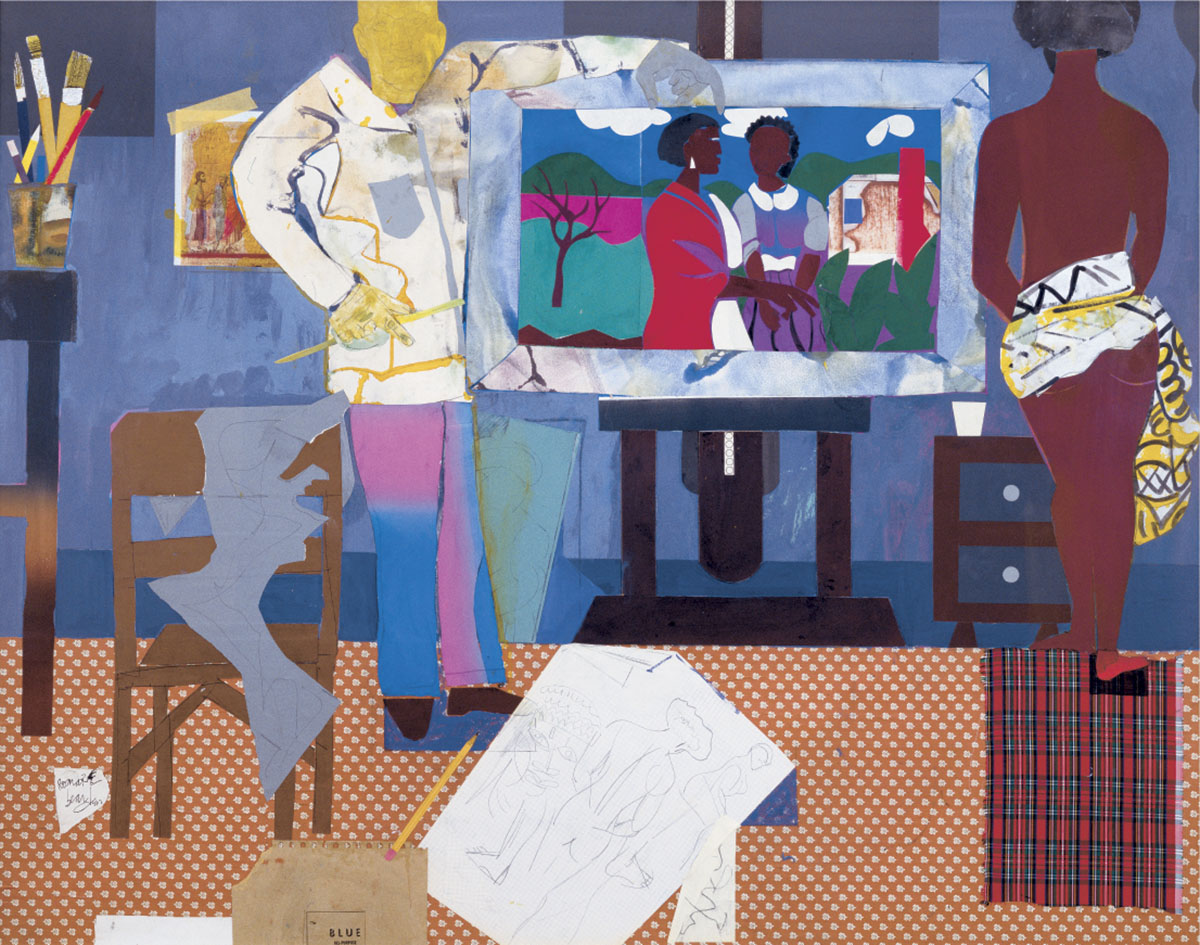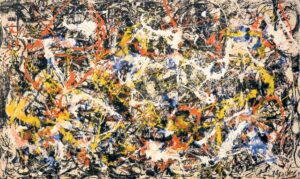Drawing upon art history, cultural studies, and semiotics (the study of signs and symbols and their use or interpretation), Schroeder asserts that the effect of representational conventions, which he defines as “common patterns of portraying objects, people, or identities,” on viewers’ perceptions is an important consideration (2008, n.p.). Though viewers may not be aware of these conventions, familiar visual traditions can ground images for them. In the same way that we can speak a language without understanding how it developed over time or have an awareness of what shapes our use of vocabulary, grammar, and syntax, “[m]ost consumers are not necessarily visually literate” and the art historical references and conventions that shape art and other forms of visual communication may not consciously inform their viewing of an image. “However, historical conventions shape communication. This does not imply that all consumers read images in the same way…rather that each image carries with it a historical and cultural genealogy that helps us to understand how it produces, reflects, and initiates meaning” (2008, n.p.).
Further, it was very much at the center of debates about the role of art in societies in the early and mid-20th century. In Russia, in the period after the Revolution of 1917, it was advanced as a means of transforming consciousness and encouraging a focus on the utilitarian in form and aesthetic. It was later rejected as a vehicle of individual and social transformation in favor of socialist realism – a style embraced by socialist and communist parties throughout the world as representational art was perceived as more accessible and thus a better medium for their message. With the rise of the Nazis in Germany, abstract art was declared ‘degenerate art’ in 1933; and during the Cold War, it was promoted as illustrative of American freedom and democracy, as in the works of artists such as Jackson Pollock. Contemporary abstract art at times references this historical legacy and at others abandons it, reflecting the dramatically different circumstances of present-day life, including the transformations brought about by the emergence of new nations and economies, scientific and technological shifts, and increasing awareness of environmental issues.



